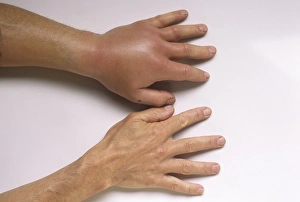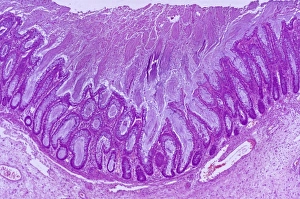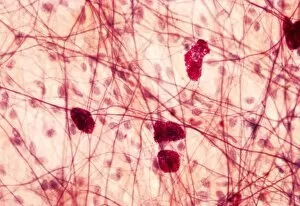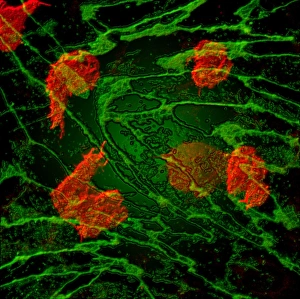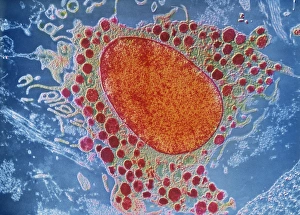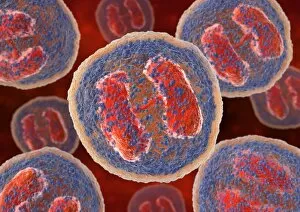Inflammatory Collection
"Inflammatory: Unveiling the Power of Provocation" From skin disorders to captivating artwork
All Professionally Made to Order for Quick Shipping
"Inflammatory: Unveiling the Power of Provocation" From skin disorders to captivating artwork, the concept of "inflammatory" has permeated various aspects of human history. The name John Ball might ring a bell for those familiar with his role as an agitator during times of social unrest. In 1931, amidst a Communist demonstration, inflammatory posters were plastered across city walls, igniting passions and fueling revolutionary fervor. However, this notion is not limited to political movements alone; even diseases have succumbed to its influence. Take for instance Ichthyosis Hystrix Et Tylosis - a condition that manifests itself on the skin's surface in vivid colors captured through lithography. Similarly, an engraving from 1835 titled "The Gout" portrays the painful reality of this inflammatory ailment. In times of war and conflict, propaganda becomes a potent tool for inciting emotions. A World War I poster urging people to remember the tragic sinking of the Lusitania serves as a stark reminder that inflammatory messages can sway public opinion and rally support behind causes. Beyond politics and health issues lies another facet where inflammation takes center stage: nature's stinging creatures. A wasp sting reaction exemplifies how our bodies respond defensively when faced with external irritants like venomous insects. As we delve deeper into medical research advancements, we encounter Tofacitinib - a rheumatoid arthritis drug known for its ability to combat inflammation within joints. This innovative treatment offers hope and relief to those suffering from chronic pain caused by inflamed tissues. Through artistry or affliction, it becomes evident that "inflammatory" holds immense power in shaping our world – be it through provocative imagery during historical events such as the Boxer Rebellion or in shedding light on ailments like gout or skin disorders. Ultimately, understanding these multifaceted manifestations allows us to appreciate both their impact on society and their potential for positive change.








